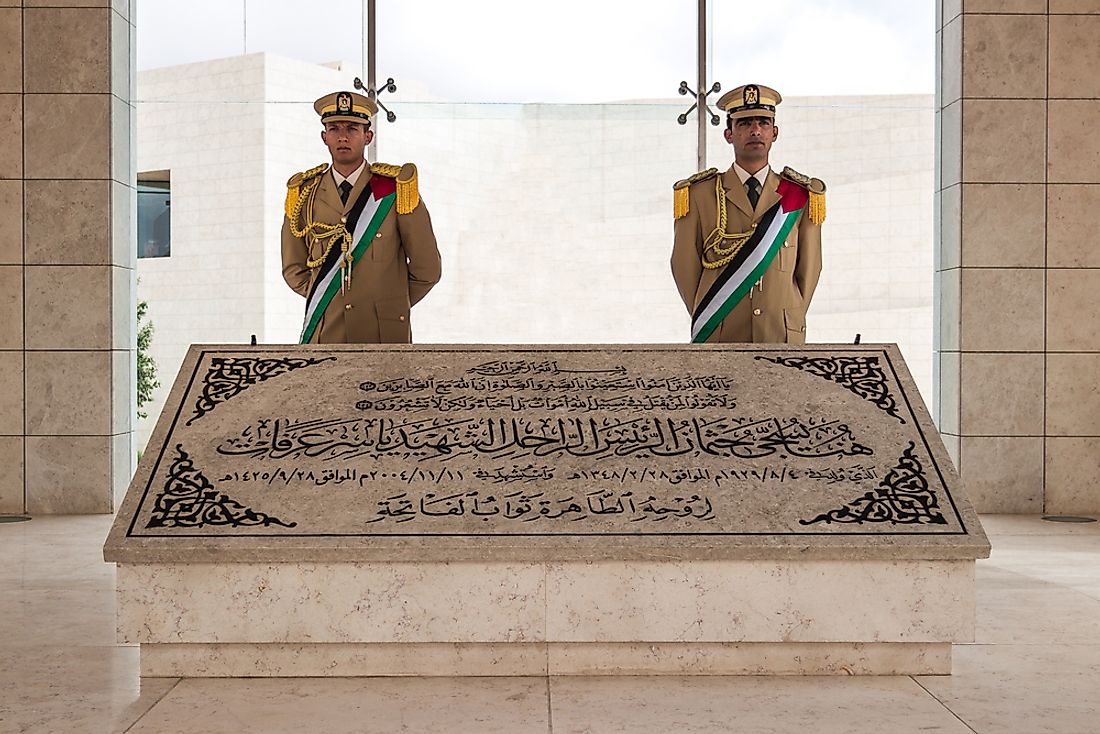What Is The Palestinian Liberation Organization (PLO)?

5. Overview
The Palestinian Liberation Organization was created in the year 1964 during the Arab-League summit held in Cairo. The goal of PLO was to liberate Palestine through an armed struggle and to banish Zionism from the Middle East. It is also the representative of the Palestinian people and holds the observer status at the United Nations, a position it has held since 1974. There were many fractions, which came out of this group like PFLP, DFLP, and Fatah, etc. In the year 1993, PLO recognized the right of Israel to exist and rejected terrorism and violence. It is also fighting for the liberation of Palestinian State and wants East Jerusalem as its capital city.
4. Organizational History
After the Arab-Israel war took place in the year 1948 and in this, the Palestinians were spread among many Arab States. However, in the year 1964, the leadership was centralized and there was a six-day war in June 1967. Many guerilla wars were charged against Israel in years of 60s, 70s and the 80s before any peace negotiations were carried out with Israel in 1990. The Palestinian Liberation Army was formed in the year 1968, and it was integrated with the armies of other Arab states as well as militant organizations. The PLO was funded from the taxes, which were imposed on the Palestinian workers as well as the funds collected from the sympathetic countries comprising of the Arab states. The consecutive wars and intrusions were carried against the State of Israel until the year 1993 when in a letter, Chairman of PLO Arafat committed to cease all terrorist activities.
3. Progress and Contributions
The PLO has extensively contributed to the liberation of the Palestinian people. In the year 1993, the Oslo Accords was signed between Israel and Palestine. The mutual recognitions were carried out between the two countries and the handing over of West Bank, and Gaza Strip was also under the agreement. The country was having observer status, and it was extended by UN in which participation in debates was allowed. Palestine also achieved the new status as a non-member observer state in the year 2012, and it was equated as the Holy See.
2. Challenges and Controversy
The latest controversies about PLO were that of President Mahmoud Abbas not nominating him to chair the EC of PLO. In this event, PNC will hold the elections if 18 seats are vacant according to an article passed but in this, Hamas and Islamic Jihad are not included. With the advent of time, the funds of PLO were also moved to the Palestinian Authority, and it became an empty shell under the power of PA.
1. Modern Significance and Current Status
With its non-member observer status currently in UN, which gave it maximum rights without becoming its member because it has signed various peace accords too. The state of Palestine was also allowed with PLO as the representation of people to participate in diplomatic treaties is open for the states.











